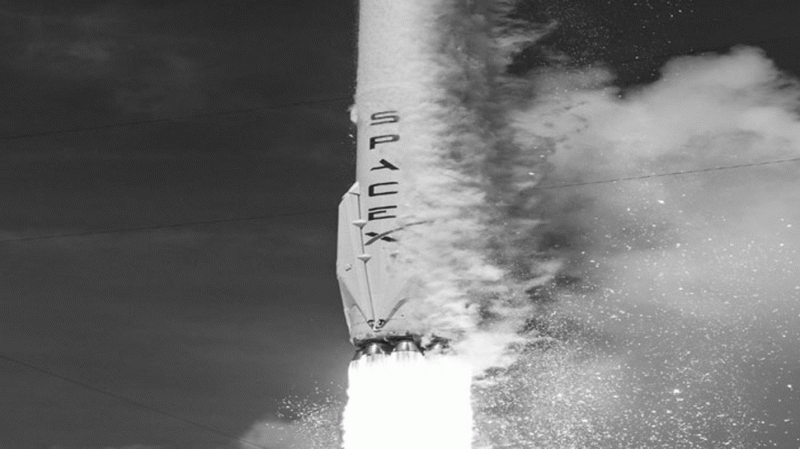Miami: SpaceX has taken a giant leap towards making global Internet coverage a reality as its fifth Falcon 9 rocket of the year took flight, sending 60 Internet-beaming Starlink satellites into space.
The Falcon 9 lifted off at 10.30 p.m. on Thursday from the Space Launch Complex 40 at Florida’s Cape Canaveral Air Force Station, following several delays: first a 24-hour delay due to high upper-level winds on May 15, and then a week-long delay so SpaceX could give the onboard satellites a software software upgrade, reports Space.com.
Tucked inside the rocket’s nose cone were 60 satellites — the first batch of SpaceX’s Starlink mega-constellation, which the company hopes will help provide affordable Internet coverage to the world.
Following the successful launch, the rocket’s first stage gently touched down on a floating platform at sea, marking the company’s 40th booster recovery.
It was the third flight for this particular booster, marking just the second time SpaceX has flown a Falcon 9 first stage more than twice.
Getting the full constellation up and running will cost in the ballpark of $10 billion dollars, and SpaceX owner Elon Musk has conceded that such efforts have bankrupted others, such as the satellite operator Iridium, reports CNN.
But when asked about funding for Starlink last week, he said the company has “sufficient capital” to carry out its plans. He added that SpaceX’s latest funding round attracted “more interest than we were seeking”.
In April, the company sought to raise about $400 million.
If SpaceX confirms most or all of its satellites deployed successfully, and they are able to make contract with ground stations, the launch will mark the largest step forward for any company attempting such a project.
It could even set SpaceX up to beat out competitors such as Amazon and SoftBank-backed OneWeb, which each want to form Internet constellations of their own.
SpaceX will need another six missions, according to Musk, before Starlink can provide consistent Internet coverage for small parts of the world.
It will take 12 launches before the company can provide coverage for a significant portion of the world’s population, he added.
[source_without_link]IANS[/source_without_link]

